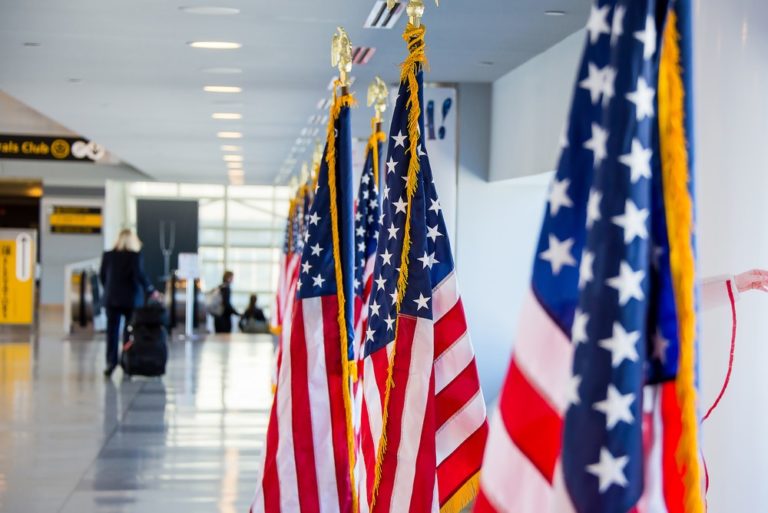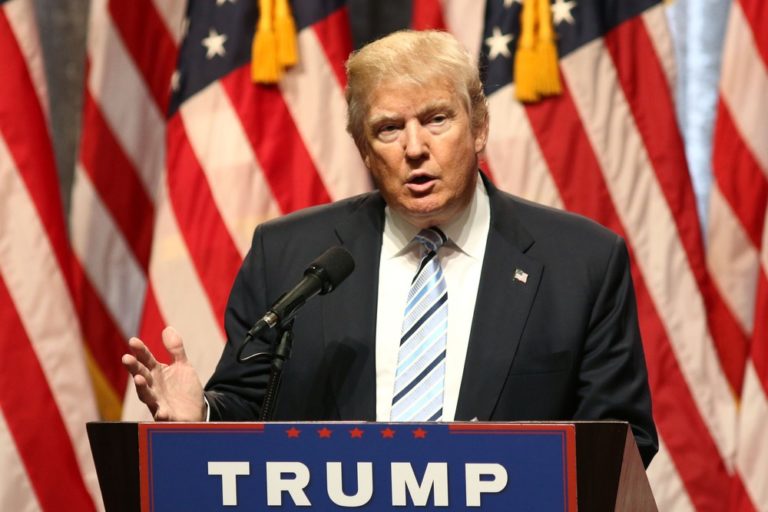Key takeaways
– People who got the shingles vaccine had 20 percent less dementia over seven years
– A policy change in Wales created two similar groups for fair comparison
– Vaccine may boost immunity or reduce hidden virus effects in the brain
– Experts call for randomized trials to confirm the findings
– This research may open new paths for dementia prevention
Why study vaccines and dementia
Dementia affects millions worldwide and has no cure.
Researchers look for ways to slow or prevent it.
Vaccines already protect us from many infections.
Now, they may also guard our brains.
Scientists noticed that people who get shots often stay healthier.
They asked if vaccines could lower dementia risk.
Shingles vaccine drew attention because of a big study.
It offered fresh hope against brain decline.
How scientists did the study
In 2013, Wales changed its shingles vaccine rule.
People born on or after a cutoff date became eligible.
Those born before that date could not get the shot.
This created two groups with almost the same age and health.
Researchers compared their health records over seven years.
They looked for new cases of dementia in both groups.
This design avoided denying anyone a needed vaccine.
It also made sure both groups had similar health issues.
What they found
The vaccinated group had 20 percent less dementia.
Women seemed to benefit more than men.
Researchers could not tell which dementia type changed.
They only saw fewer new cases overall.
The results could not explain how the vaccine helped.
But the numbers showed a clear link to brain health.
This study is not the final answer.
It does point to exciting possibilities ahead.
What it means for the future
If vaccines cut dementia risk, many doors may open.
Scientists could explore other vaccines for brain health.
They might study the flu or pneumonia shots next.
These vaccines might all train our immunity in useful ways.
Stronger immunity could clear damaging proteins in the brain.
It could also fight hidden viruses that sneak in later.
Such a shift would change how we fight dementia forever.
It might save many lives and reduce health care costs.
Possible ways the vaccine protects
One idea is direct protection against the shingles virus.
This virus can hide in nerve cells for decades.
It may trigger inflammation that harms the brain over time.
So stopping the virus might slow brain damage.
Another idea is trained immunity from the shot itself.
The vaccine revs up immune defenses in a lasting way.
This boost could help clear harmful cells or proteins.
Either path might cut dementia risk by about one fifth.
Challenges and next steps
Health records can only show links not cause.
To prove vaccine benefits, we need stronger trials.
Researchers want randomized, double blind, placebo controlled tests.
In those tests, some people get the real vaccine.
Others get a harmless shot that acts like a placebo.
Then scientists watch both groups over many years.
They would track who develops dementia and at what rate.
Such trials are the gold standard in medical research.
Why randomized trials matter
They remove any hidden biases in the groups.
They ensure that other factors do not sway results.
For example, people who seek vaccines may also eat healthier.
They may exercise more or follow doctor advice better.
Randomizing assigns shots or placebo by chance alone.
This way, both groups match on all key traits.
Then any difference in dementia rates points to the shot.
This strong proof is crucial before changing medical advice.
The wider context of dementia research
For decades, most research targeted a protein called amyloid.
Scientists hoped removing amyloid plaques would slow Alzheimer disease.
Yet amyloid drugs have only modest effects and cause side effects.
They also cost a lot of money with little benefit in real life.
So the search for new ideas feels more urgent than ever.
This shingles vaccine study offers one such fresh idea.
It shows that looking outside the usual models can pay off.
Innovation comes when researchers embrace new paths in science.
Global impact of dementia
Dementia is on the rise around the world.
As people live longer, more face memory and thinking problems.
In the United States, new cases may hit one million by 2060.
Many developing nations also see growing dementia rates.
Finding simple, safe ways to reduce risk is a top priority.
Vaccines are affordable and widely available already.
If they protect the brain, millions could benefit fast.
This potential makes the shingles vaccine link so exciting.
Keeping an open mind in science
Science often follows familiar ideas for many years.
Yet breakthroughs can come from unexpected angles.
Researchers must balance respect for past work with fresh thinking.
Dementia may have many causes, not just one clear path.
Immune health, infections, and brain inflammation all play parts.
Vaccines could act on any of these to protect our minds.
So scientists call on peers to explore this new direction.
With curiosity and rigor, they hope to find better answers.
Conclusion
The shingles vaccine study is still early but promising.
It hints that our immune system may guard against dementia.
However, we need strong trials to confirm the effect.
If proven, vaccines might join our toolkit against brain decline.
This shift could transform how we prevent and treat dementia.
In the meantime, getting the shingles vaccine still protects against pain.
It might also help us stay sharp as we grow older.










